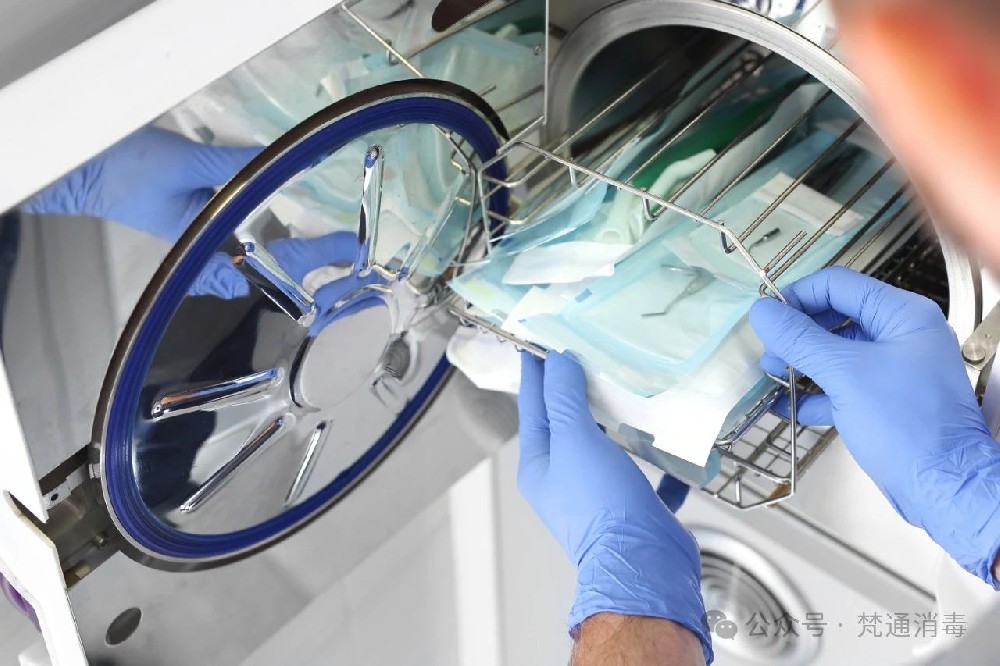Chemical disinfection factors – alkyl compounds | pharmaceutical factory disinfection laboratory disinfection medical disinfection services
- Addtime: 2025-07-25 / View: 109
Disinfection knowledge explanation series
Chemical disinfection factors – alkyl compounds
In the field of chemical disinfection, ethylene oxide in alkylated compounds has attracted much attention due to its high bactericidal ability. How is it prepared? What are its unique disinfection methods? What should be paid attention to when using it? Let’s find out.

1. Preparation method: “Chemical reaction” of ethylene and oxygen
Ethylene oxide is mainly prepared by oxidation reaction of ethylene and oxygen under the action of silver catalyst. In a specific temperature, pressure and catalyst environment, ethylene molecules combine with oxygen to undergo epoxidation reaction to produce ethylene oxide. In industrial production, precise control of reaction conditions is crucial, which can not only increase the yield of ethylene oxide, but also ensure product quality. In addition, there are preparation methods such as chlorohydrin method, but silver catalytic oxidation method has become the mainstream method due to its high efficiency and low pollution.
2. Disinfection method: “Sterilization expert” with strong penetration
Ethylene oxide is the “main force” of low-temperature sterilization. It has strong penetration and can penetrate into the complex structure and packaging of medical devices. It has excellent killing effect on various microorganisms such as bacteria, viruses, fungi and spores. In hospitals, some precision instruments that are not resistant to high temperature and high pressure, such as electronic endoscopes and pacemakers, often use ethylene oxide gas sterilization. Place the instrument in a special sterilization cabinet, pass ethylene oxide gas, and complete the sterilization process at appropriate temperature, humidity and action time. In the pharmaceutical and food packaging industries, it is also used for final sterilization of products to ensure product safety.
3. Precautions: Safe use is the top priority
Ethylene oxide is flammable and explosive, and is toxic and carcinogenic. It must be used in strict accordance with the regulations. When storing, it should be placed in a special warehouse that is cool, ventilated and away from fire and heat sources. The warehouse should be equipped with explosion-proof, fire-proof and leakage alarm devices. During the operation, the staff must wear professional protective equipment, including gas masks, protective clothing, etc., to prevent inhalation or contact with ethylene oxide. After the sterilization is completed, the instrument should be fully ventilated and analyzed to ensure that the residual ethylene oxide is completely volatilized to avoid harm to the human body. At the same time, the discarded ethylene oxide should be professionally handled to prevent environmental pollution.
Ethylene oxide plays an important role in the field of disinfection and sterilization, but only by strictly controlling each link of preparation, use and handling can it give full play to its “hard-core” disinfection strength while ensuring safety.
-
-
Previous: Chemical disinfection factors – aldehyde compounds | pharmaceutical factory disinfection laboratory disinfection medical disinfection services
Next: Chemical disinfection factors – phenolic compounds | pharmaceutical factory disinfection laboratory disinfection medical disinfection services -












